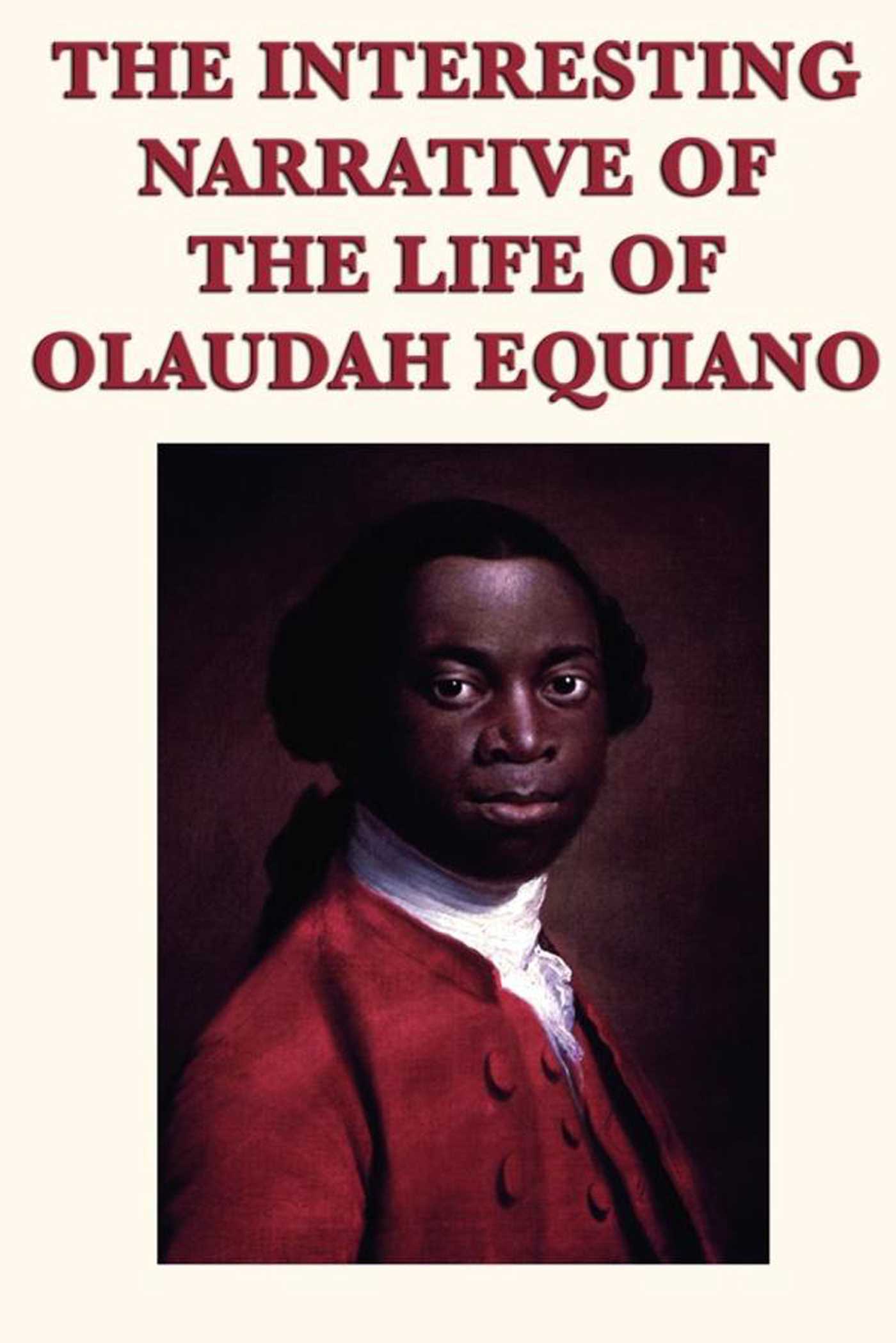

This group was closely connected to the Society for Effecting the Abolition of the Slave Trade.The green plaque at Riding House Street, London, commemorates where Equiano lived and published his narrative.

He became a member of the ‘Sons of Africa’Īfter this venture, Equiano returned to London where he became an active member of the ‘Sons of Africa’, an abolitionist group comprised of Africans living in Britain. Irving and Equiano had a working relationship and friendship for more than a decade, but the plantation venture failed. He also managed estates producing castor oil and cotton. In a somewhat ironic turn of events, Iriving later employed Equiano, because of his African background, to help select slaves in South America and manage them as labourers on sugar-cane plantations. He was employed as an overseer in AmericaĮquiano also met the naval surgeon Dr. Martyn Downer joined me on the podcast to discuss key phrases in the letter that were forged before publication to make Nelson appear even more virulently opposed to the abolition of the slave trade. A letter of Nelson's written months before his death in 1805 to the infamous Jamaican slave owner Simon Taylor, was published years after his death in attempt to stop the abolition of the slave trade as the matter was before Parliament. Recently there has been considerable interest in Nelson's views on the slave trade and the plantation economy of the West Indies. He was used as a ‘powder monkey’, hauling gunpowder to the gun decks during battle.

He served in the Seven Years WarĮquiano spent most of his teenage life onboard Naval ships engaged in the Seven Years War. It was nonetheless a name he would use for the rest of his life, apart from when writing his autobiography. Pascal renamed him ‘Gustavus Vassa’Įquiano was renamed Gustavus Vassa (after the 16th century Swedish King) by Pascal, against his will. Having been initially taken to Barbados, Equiano was eventually transported to the North American colony of Virginia, where he was bought by a Royal Navy lieutenant named Michael Henry Pascal. He embarked upon a long journey toward the Gold Coast, where he was eventually sold to an owner of a slave ship bound for the West Indies. Equiano was sold into slavery at the age of eleven, having been kidnapped from his local village along with his sister by local, African slave traders.


 0 kommentar(er)
0 kommentar(er)
